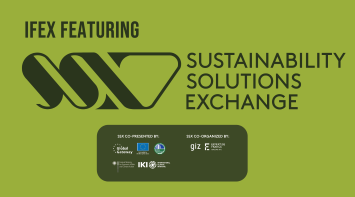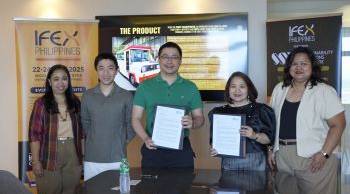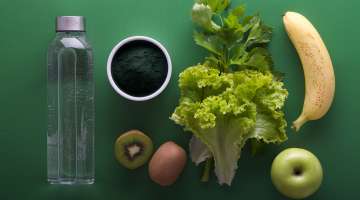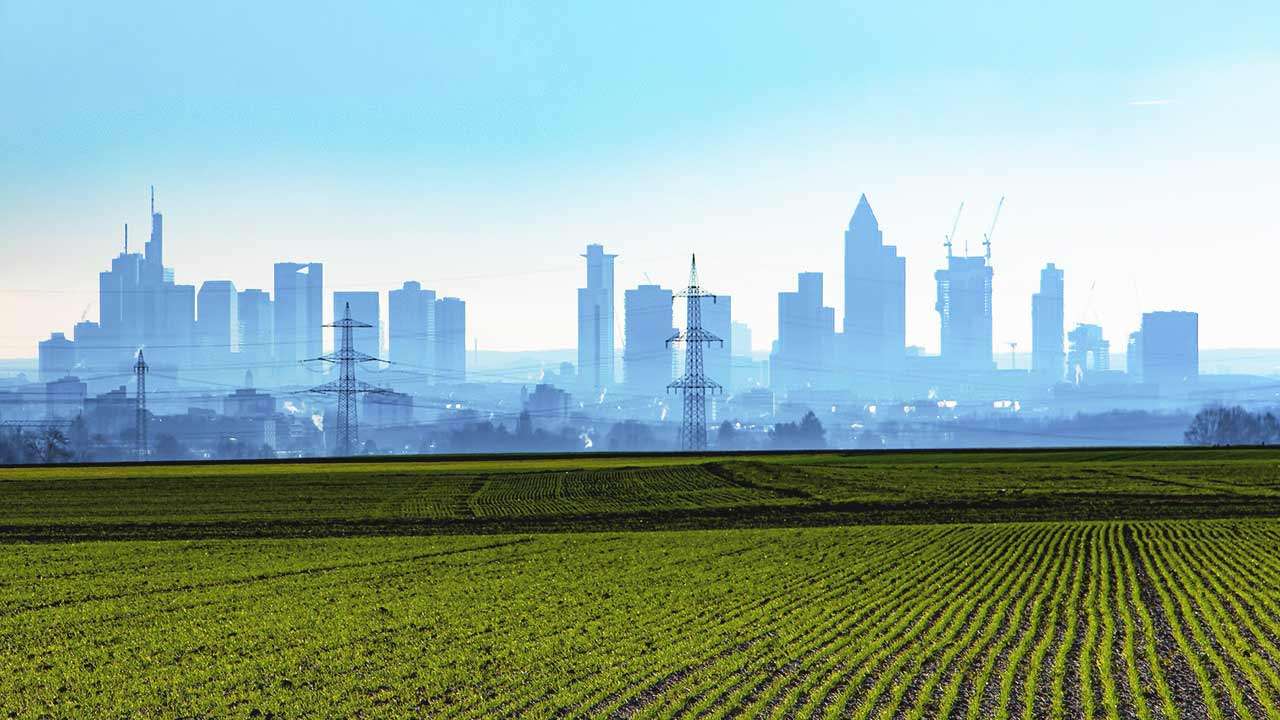POSTED Mar 22, 2022 - 11:16 AM
How urban agriculture can combat food insecurity
In order to sustain a growing population, some cities around the world are turning to urban agriculture for help
Original Source: https://newsinfo.inquirer.net/1417181/dar-farmers-scale-up-urban-farming
Original Text by Joey Gabieta
Additional Text by Kleo Catienza
Permanently moving to the city can be an intimidating prospect. In comparison to rural communities, cities are hotspots for air pollution and are known for not having enough green spaces. So why are urban populations still rapidly growing despite these circumstances? The answer is simple: accessibility.
The projected population in urban cities by 2050 is seven billion, almost double the current population of approximately four billion. Most countries are expected to see a rise in urbanization rates, including the Philippines.
The impact of urbanization on society
Urbanization is a multifaceted process that includes developing commercial and residential areas, creating job opportunities, giving people access to products they normally would not be able to access due to geographic location or cultural beliefs, and making it easier for citizens to get help when they need it.
However, there is no denying the fact that this also equates to the destruction of rural communities and environments. Urbanization paved the way for industrialized farming, transport networks, and careless consumption patterns—which are all unsustainable in the face of these rapid population increases. This poses an ethical problem when it comes to considering how best to provide for human settlements in a way that does not destroy existing cultures and livelihoods.
With the increased use of arable land for non-agricultural purposes, the demand for food will increase substantially if agriculture cannot keep pace with it. This can lead to food crises with devastating consequences on communities. At present, it is estimated that nine million people die each year due to hunger or malnutrition—and this number is expected to grow as the world becomes more and more urbanized.
There will come a time when humans will be unable to support their current lifestyle within the confines of urban centers. Hence, it is clear that the planet needs some form of change if every person is to survive.
Urban agriculture as a potential solution
Food insecurity arises as a result of many factors: unemployment and poverty, slow recovery from extreme weather events, a lack of access to resources needed to maintain a healthy diet, and reliance on imported foods that are generally more expensive than locally grown ones.
The potential response? Urban agriculture.
With an increasing population and changing climate that has led to increased desertification across parts of the world, it is imperative that humans look for other sources of sustenance. Urban farming offers an opportunity for small, home-scale gardens that otherwise might not be able to produce large surpluses of food. Some examples include community or rooftop gardens where a single family can grow enough fruits and vegetables for their own use without needing a huge portion of land.
Self-sustaining urban farms have become necessary as they don’t only provide fresh produce directly to the consumer without costly distribution channels, they also reduce emissions at other points in the supply chain by reducing transportation fuel use.
However, as much as it has the potential to address these issues while conserving natural resources, how can city dwellers find space for such an undertaking?
Introducing “Buhay sa Gulay” program
With the goal of growing produce on abandoned or unused space within or surrounding an urban area such as vacant lots, the Department of Agrarian Reform (DAR) has launched the “Buhay sa Gulay” program in November 2020. The project aims to promote urban farming, reduce poverty, and eradicate hunger, particularly in marginalized urban barangays.
It is also in line with the “Plant, Plant, Plant” program of the national government to ensure food security during the pandemic. “We will make idle lands become productive because the true essence of social justice is to make good use of lands; as they say, ang lupa ay buhay,” said DAR Undersecretary Emily Padilla. “If we can use idle lands to plant vegetables, at least 20 percent of our food needs will be addressed,” she added.
Meanwhile, former DAR Secretary Brother John Castriciones said that this urban farming project is not a dole-out but a self-help, startup livelihood project where concerned government agencies and organizations would converge to share resources and enable urban farmers to produce and eat vegetables and provide them with additional sources of income.
“Buhay sa Gulay” in Tacloban
The one-hectare lot in Barangay 101, located north of Tacloban, used to be a vast idle land. Instead of turning it into a garbage dump, it has now become part of the 24-hectare agricultural land covered under the Comprehensive Agrarian Reform Program of DAR.
A group of farmers in the city decided to transform it into a vegetable garden. In December 2020, they planted it with palay or rice grain and vegetables, including kangkong and pechay. Their produce was ready for harvest a few months later.
Welefartos Bodaño, president of the Vegetable Farmers’ Association, said the vegetables they planted would be sold in the market, which would provide them extra money badly needed in this pandemic. “This will be a big help for us especially during this time of pandemic,” she said.
The city government will also help these vegetable growers sell their produce to the market, among other forms of assistance like livelihood training, farm machinery, and farm inputs.
As of writing, the “Buhay sa Gulay” program has already been implemented in some parts of Manila, Quezon City, Caloocan City, Pangasinan, Oriental Mindoro, Bicol, Camarines Sur, Bacolod City, Nueva Ecija, Davao region, Agusan del Sur, Tacloban City, Tarlac, Laoag City, Iloilo City, Quirino, Catanduanes, and Isabela.
Read more

EU, PH aim to future-proof Philippine food industry at SSX 2025
In partnership with the European Union (EU), the Department of Trade and Industry’s Center for Inter... Learn More

CITEM to spotlight local jeepney maker’s electric multi-purpose vehicles overseas
Seeking greater exposure overseas for its sustainable vehicles, renowned Filipino jeepney manufactur... Learn More

A bagful of hope for Mother Earth CITEM partners with Oikos Philippines
Only a few weeks left before IFEX Philippines 2024 brings the food community a salu-salo to find the... Learn More

Healthy snacking as a wellspring for sustainability
Re-imagining nutrition and sustainability in today’s instant gratification society Learn More
